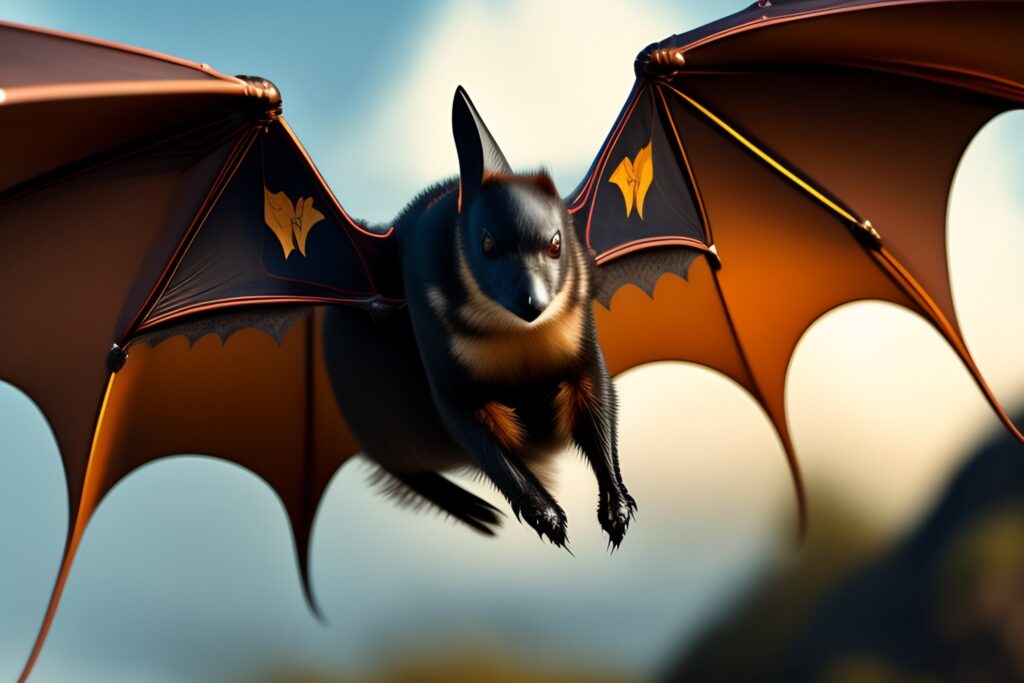Table of Contents
Introduction
In the intricate tapestry of the natural world, communication is the thread that weaves together the diverse species that inhabit our planet. From the melodious songs of birds to the intricate dances of bees, the animal kingdom is filled with a symphony of communication methods. Among the most fascinating communicators are bats and bees, creatures with complex languages that have long eluded our understanding. However, thanks to the power of Artificial Intelligence (AI), scientists are now beginning to decipher these languages, offering us a deeper insight into their worlds.
Bats: Unlocking the Echo Chamber
Bats have fascinated humans for centuries, not just for their elusive nocturnal lifestyle but also for their unique method of communication—echolocation. These winged mammals emit high-frequency sounds and use the returning echoes to locate objects, navigate, and even hunt for prey. It’s like they’re having a constant conversation with the world around them, using sound waves instead of words.
AI has proven instrumental in deciphering this cryptic bat language. Researchers have developed algorithms that can analyze the intricate patterns of bat calls and translate them into meaningful information. By studying the specific frequencies and modulations in their calls, scientists can determine a bat’s species, its emotional state, and even its intended actions.
For instance, by utilizing AI, researchers have been able to identify when bats are engaged in social behaviors, such as mating or foraging. This newfound understanding is not only fascinating from a biological perspective but also crucial for conservation efforts, as it helps us better protect these often misunderstood creatures.
Bees: Buzzing with AI Insights
Bees, the diligent pollinators responsible for one-third of the world’s food supply, also possess a complex language that relies heavily on vibrations and pheromones. These tiny insects communicate through intricate dance patterns and chemical cues, conveying vital information about food sources, threats, and the location of their hive.
AI is now helping scientists decipher the mesmerizing bee dances. By recording and analyzing these dances, AI algorithms can decode the distance and direction of foraging locations, as well as the quality of the nectar or pollen being collected. This insight is invaluable for understanding the foraging patterns of bees and assessing the health of their colonies.
Furthermore, AI aids in monitoring bee populations and detecting potential threats like pesticide exposure or disease outbreaks. By analyzing audio recordings of bee colonies, AI algorithms can detect changes in the frequency and intensity of bee buzzes, offering early warnings of issues that might otherwise go unnoticed.
The Promise of Cross-Species Communication
The application of AI in decoding the languages of bats and bees extends beyond mere curiosity. It holds the potential to revolutionize various fields, from biodiversity conservation to agriculture.
- Conservation: Understanding bat and bee communication can inform conservation strategies. For bats, it helps protect their habitats and reduce human disturbances, while for bees, it contributes to the preservation of pollinator populations, critical for food security.
- Agriculture: In agriculture, the knowledge of bee communication can optimize pollination practices, leading to increased crop yields. Furthermore, understanding bat behavior can help farmers manage insect pests naturally.
- Health: Studying these species’ communication can even provide insights into the spread of zoonotic diseases, which often involve bats as carriers.
Conclusion
The intersection of AI and the study of bat and bee communication is unveiling the secrets of two vastly different yet equally fascinating creatures. As scientists continue to unlock the languages of bats and bees using AI, we gain not only a deeper appreciation for the natural world but also invaluable knowledge that can benefit both our environment and our society. It is a testament to the incredible capabilities of AI in bridging the gap between species and facilitating a deeper understanding of the complex web of life on Earth.
